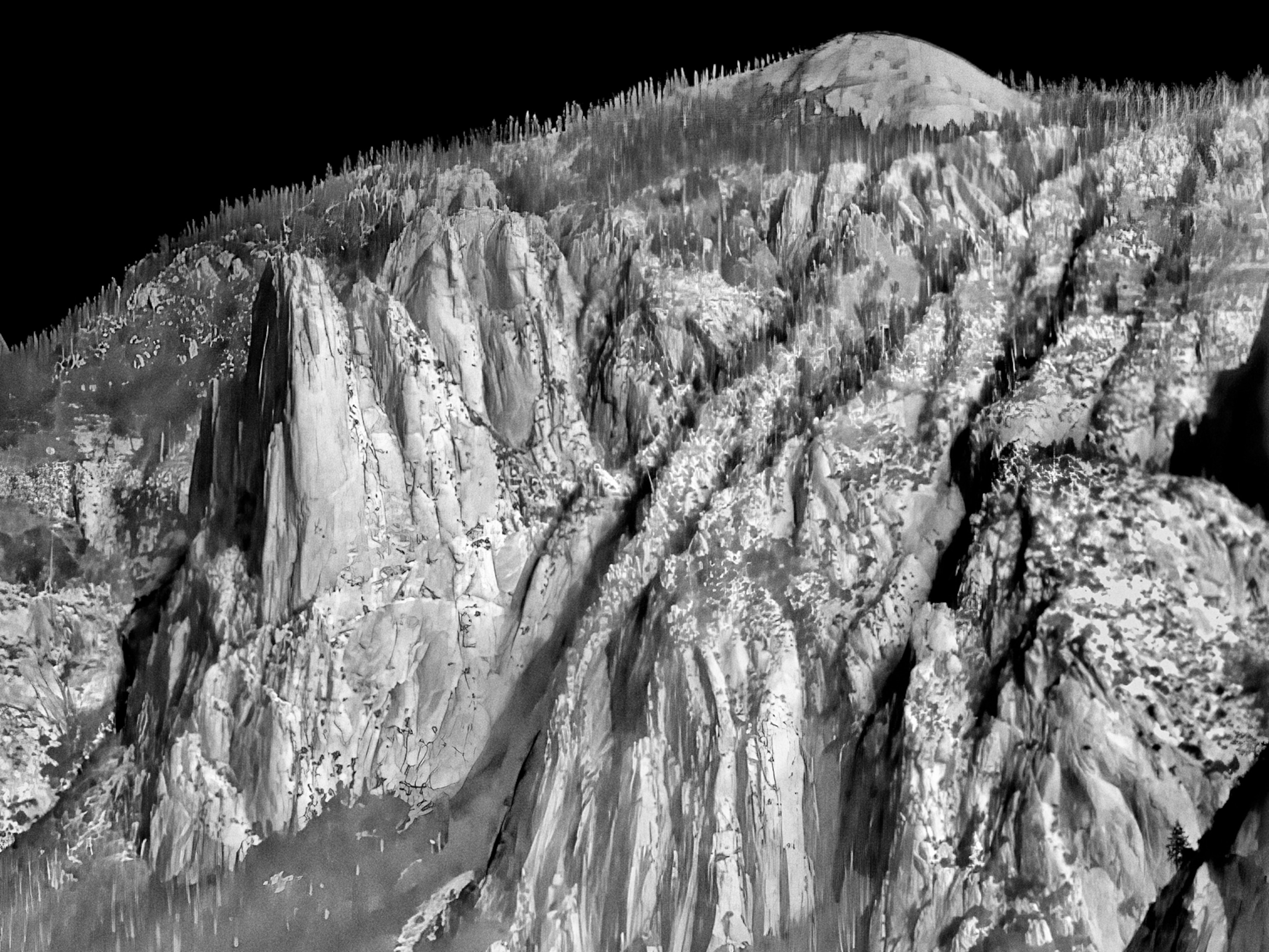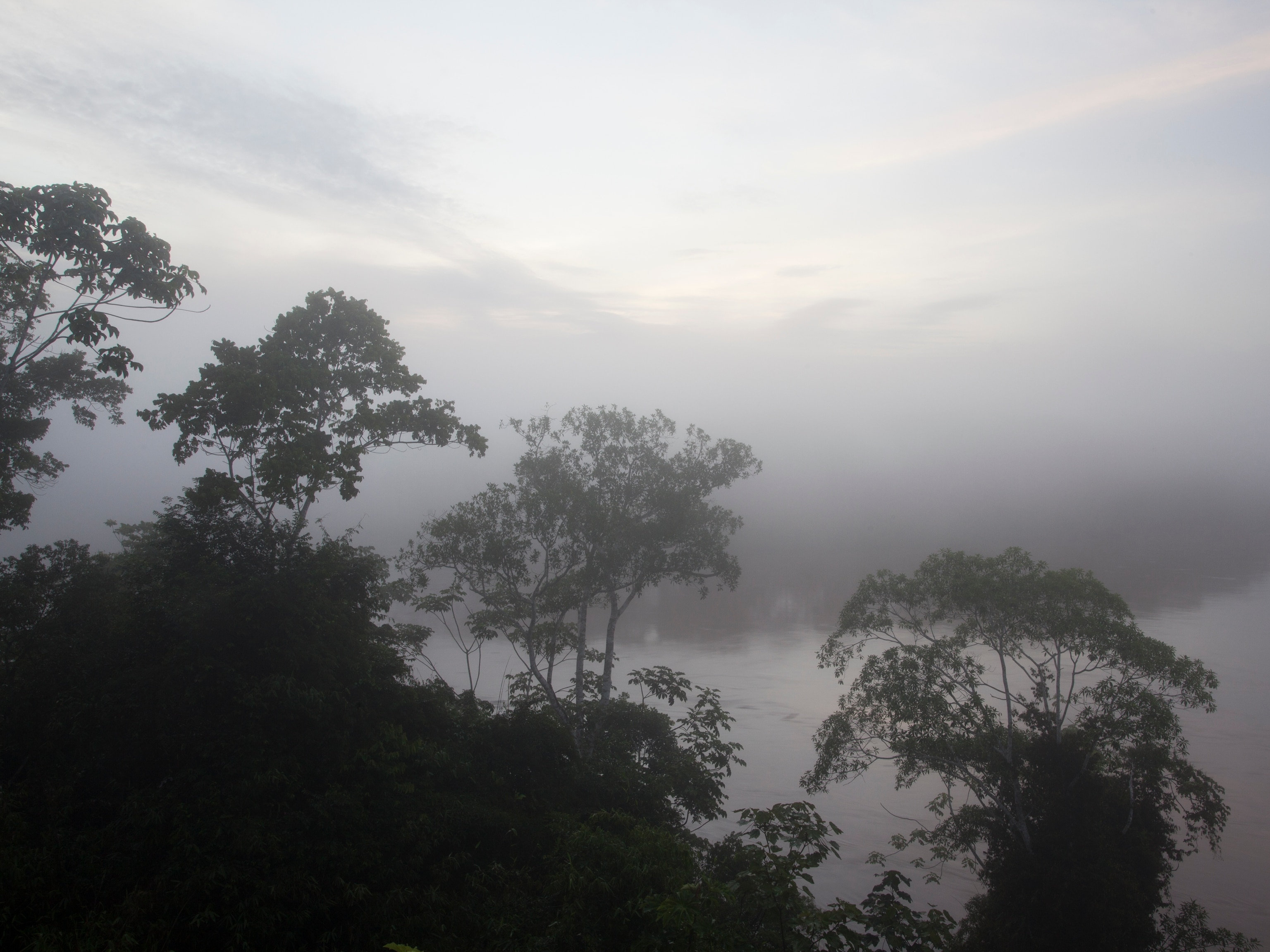
This majestic shot of a giant sequoia is a symbol of hope
National Geographic photographer Keith Ladzinski focused on the positive when it came to forest fires: the solutions people are working on.
Keith Ladzinski has traveled to the farthest reaches of seven continents throughout his photography career, capturing everything from the dazzling view from the summit of Mount Everest to mountain climbers and tightrope walkers in action. He’s photographed more than a hundred cover stories for National Geographic and other magazines and worked on Emmy-nominated films.
This month, National Geographic recruited Ladzinski to tackle the issue of saving the forests across the world that have been devastated by record-breaking wildfires. For his fourth cover of the magazine, we talked to Ladzinski about how he captured this hopeful image of California’s iconic sequoia trees.
What’s the story behind the cover?
The May issue of National Geographic aims to spark emotion and showcase the resilience of forests—including the massive sequoia trees in California’s Sequoia and Kings Canyon National Parks. In 2021 massive fires took out hundreds of these historic trees.
These national treasures are no stranger to fire. Forest fires have regularly ravaged California for decades, with yearly wildfire seasons lasting from May to October. In recent years, however, wildfire seasons have gotten longer and more devastating due to climate change, displacing families and destroying habitats.
Ladzinski’s experience covering climate change drew him to this project. While shooting the cover, he wanted to highlight the work that scientists are doing to preserve forests—and show the scale of that challenge by capturing the contrast created by a tiny climber surrounded by epic sequoia trees.
“If you’ve never been there and stood underneath them, if you see a person in the frame, you will immediately say, Wow, this is gigantic,” he says. “When you’re in Sequoia National Park, you feel like all of a sudden you’re shrunken down to insect size and you’re looking up at these magnificent trees. They are national treasures.”
Ladzinski hopes readers feel something when they see the cover and the images within the pages of the magazine. It can be euphoria or even anger, but Ladzinski says that emotion is key to encouraging people to be a part of making change.
“I think humans band together the most during catastrophes or when something really egregious has happened,” Ladzinski says. “We’re all emotionally fueled, and there’s no greater fuel to get people to make change than to hit them emotionally.”
What’s featured on the cover?
Ladzinski’s shot of a scientist climbing up one of the towering ancient trees in California’s Sequoia and Kings Canyon National Parks shows the sheer scale of efforts to save the forests.
Ladzinski managed to capture the soaring sequoia in the crowded forest by lying on the ground and using a wide-angle lens. Photographing forests can be especially tricky, he says, given a lack of negative space and proper lighting caused by overgrown forestry.
After walking around the sequoia for a while to scope out the perfect angle and lighting, Ladzinski was able to find the perfect composition that included the tree, the sky, and the climber. He snapped the shot and joined the team of scientists up in the sequoias.
Ladzinski notes that he didn’t plan for this image to be the cover out of the thousands he shot, but he appreciates its message of hope even in a situation that often seems bleak. Readers can see that there are people dedicating their lives to studying and to saving the giant sequoias.
(Subscriber exclusive: Here’s what scientists are doing to save the forests.)
The highest praise for a photographer is to be able to draw people into a story—to inspire them to learn more and to feel passionate about an issue, Ladzinski says. For him, having his photo on the cover is a huge honor.
WHAT'S INSIDE THE ISSUE
• Forests are reeling from climate change—but the future isn’t lost
• An illustrated guide to how heat and drought are killing trees
• How Australia’s Aboriginal people fight fire—with fire
• How a warming climate threatens Africa’s endangered forest elephants
• 4 solutions for trees and forests threatened by a hotter world
What’s next for Keith Ladzinski?
As scientists continue to raise alarms about the dangers of microplastics, it seems fitting that Ladzinski is working on projects to showcase these dangers, as well as those of microfibers. Although most of Ladzinski’s recent work has been about threats to the environment, he points out that he’s also showcasing the more positive sides of environmental developments—like the promising future of hemp, which has many uses and uses little water.




